Category: Legislation & Regulation
-
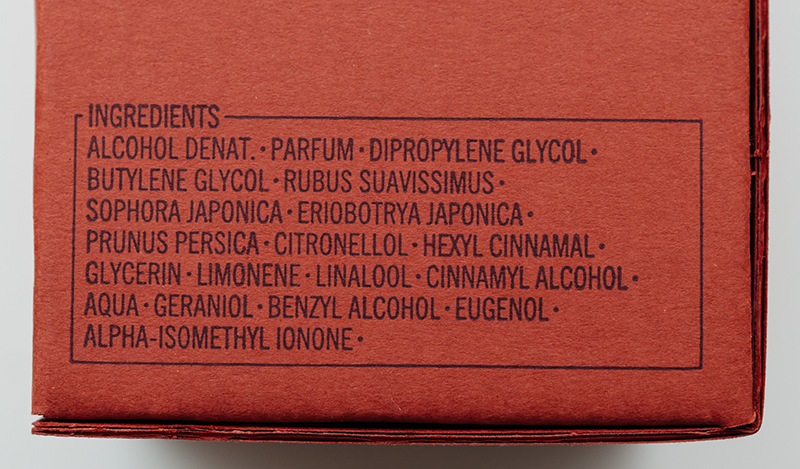
If One, Then All?
“If you put one ingredient on your soap label, you have to list them all” is an idea is being bandied around a lot lately. But is it true? As with most questions about legal stuff and regulations, yes… and no. Cosmetics If the product is a cosmetic, then the answer is a resounding YES.
-

Natural Colorants for Soap & Cosmetics
“Natural colorants” usually means ingredients such as herbs and spices that will change the color of your product. But are they legal?
-

Another FDA Warning Letter
The FDA just (July 2017) published a warning letter to a cosmetic manufacturer in St. Louis. Once again, the FDA reviewed the website and cited drug claims: “…the claims on your website establish that the products are drugs under the … Food Drug and Cosmetic Act … because they are intended for use in the
-

FDA “Discretionary Enforcement”
Last March (2017), I sent a Freedom of Information Request to the FDA, asking for details on any decisions they had made to use “discretionary enforcement” on some regulations. It seems that there are some labeling regulations which the FDA has apparently decided not to enforce, but they haven’t really said anything publicly. That may
-
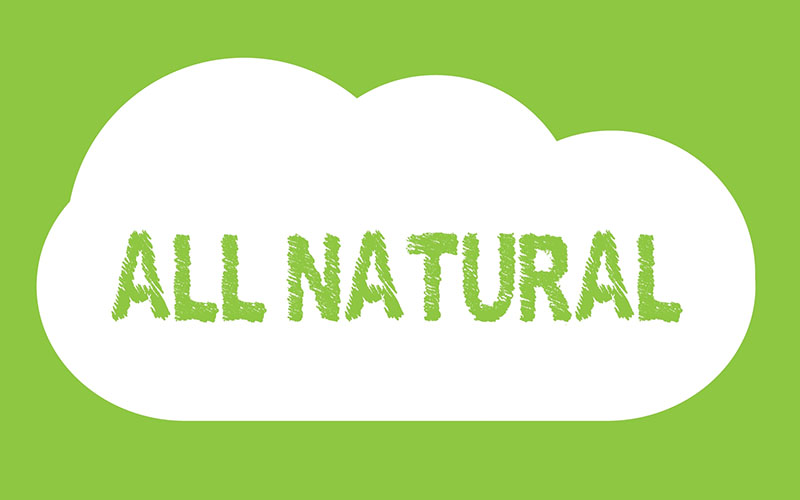
More About “Natural” Claims
The FDA doesn’t regulate the term “natural” for cosmetics, but the FTC has taken action against deceptive claims of “all natural” cosmetics under their authority over “deceptive practices.” Who Has Authority? When it comes to cosmetic products, their safety and labeling, the FDA has authority. But as an interesting historical note, when the Food Drug
-

What About Glitter?
Oooh, pretty! Shiny! Sparkles! Glitter! But can you put it in soap or cosmetics? The FDA regulates color additives that may be used in cosmetics, and “glitter” is not on the list of approved color additives. In fact, the FDA says that glitter is not an approved color additive. BUT, you can see glitter in all
-
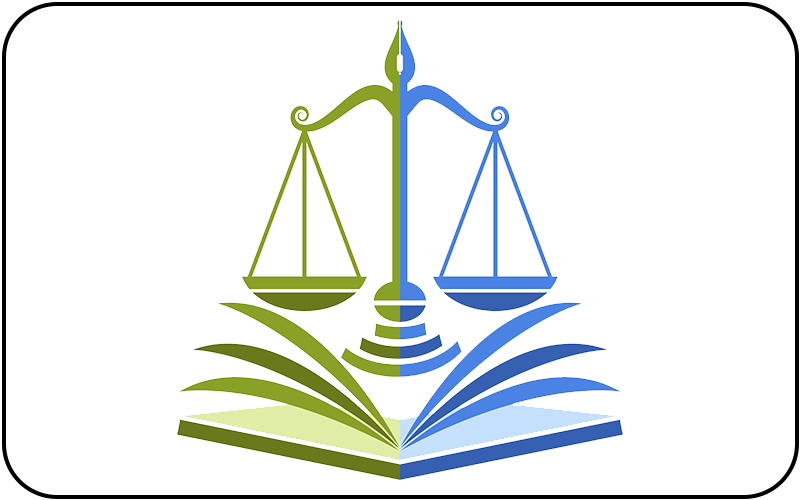
Lawsuits Over “Organic” Cosmetics
Babyganics is now the last in a long line of cosmetic companies sued for false advertising over organic-type claims
-

Intended Use – Know Before You Go
It is the intended use of a product that determines what it is. Oddly enough, it can be the exact same product formulation, but it could be classed as different types of products depending on what you say is its intended use. What is it? This is a very important concept to understand: the intended use
-
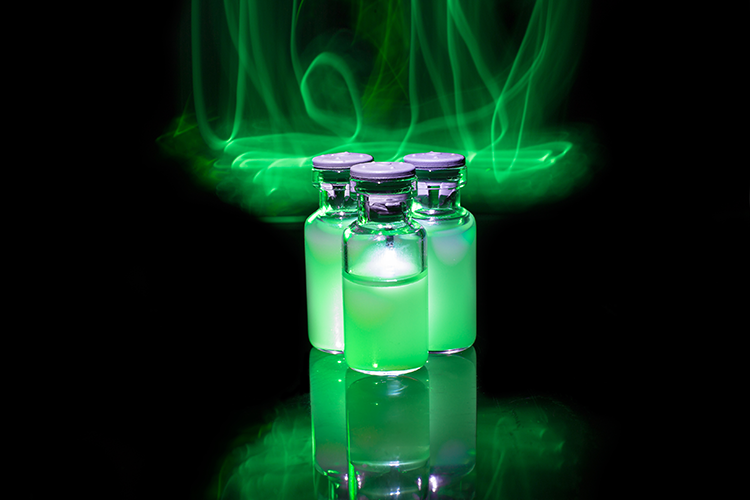
Toxic Substance Control Act Reform 2016
If you’re following chemical news, you may have heard that reforms of the Toxic Substance Control Act of 1976 were just signed into law by President Obama. In very, very brief summary, the revisions to the TSCA passed in 1976 include giving the EPA authority (and a mandate) to test and verify more chemicals for their
-

International Cosmetic Laws
While most of my writing has been on the subject of United States regulations, the truth is that nearly all major countries have very comparable laws when it comes to labeling soap and cosmetics. The US is a bit more lenient when it comes to soap, and to registration and pre-approval. The reason for the
-
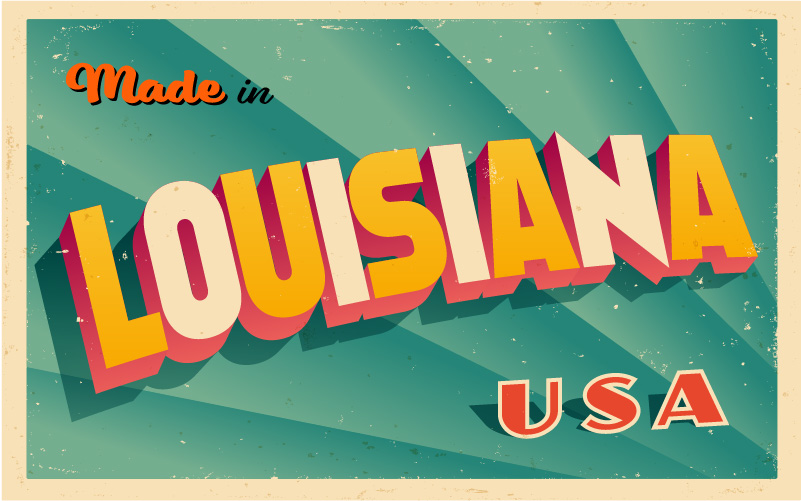
Cosmetic Regulations – Louisiana
Louisiana is another state that has some regulations for cosmetic manufacturers including facility and product registration.
-

ISO Issues Natural and Organic Cosmetic Guidelines
In February this year, the International Standards Organization issued ISO 16128-1, Guidelines of technical definitions and criteria for natural and organic cosmetic ingredients and products (available to purchase here). The description of the guidelines says: ISO 16128-1:2016 provides guidelines on definitions for natural and organic cosmetic ingredients. In addition to natural and organic ingredients, other ingredient
